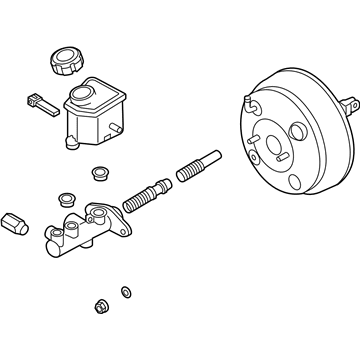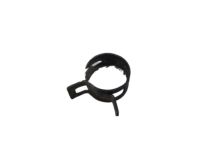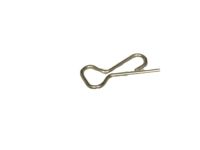For detailed photographs of the brake system, inspect the brakes every time the wheels are removed or whenever a defect is suspected. Symptoms indicating a potential brake system defect include the vehicle pulling to one side when the brake pedal is depressed, squealing or dragging noises when applied, excessive brake pedal travel, pulsating pedal, or brake fluid leaks, typically onto the inside of the tire or wheel. Begin by loosening the wheel lug nuts, raising the vehicle securely on jackstands, and removing the wheels. In disc brakes, each caliper contains two pads (outer and inner) that are visible with the wheels removed. Check the pad thickness by looking at each end of the caliper and through the inspection window; if the lining material is less than the specified thickness, replace the pads. If the thickness is difficult to determine, remove the caliper(s) and pads for further inspection, cleaning them with brake cleaner and re-measuring. Measure the disc thickness with a micrometer; if any disc is thinner than the specified minimum, replace it, and check for scoring, gouging, or burned spots, which may require resurfacing. Before reinstalling the wheels, check all brake lines and hoses for damage, wear, or leakage, ensuring they are clear of sharp edges and moving parts. For rear drum brakes, ensure the parking brake is off, remove screws around the drum, and tap the outside with a rubber mallet to loosen it. Clean the brake assembly with brake system cleaner, noting the lining thickness on the brake shoes; replace them if worn to within 1/16-inch of the rivets or if cracked or glazed. Ensure all springs are connected and check for fluid leakage from the wheel cylinder. Wipe the inside of the drum with a clean rag and check for cracks or imperfections that may require resurfacing. Repeat for the remaining wheel, and if all parts are in good condition, reinstall the brake drums and wheels. To check the brake booster, sit in the driver's seat and perform a series of tests: with the brake fully depressed, start the engine and observe if the pedal moves down slightly; with the engine running, depress the brake pedal several times to ensure the travel distance remains unchanged; then, with the engine off, hold the pedal for about 30 seconds to check for sinking or rising. Finally, check the parking brake by parking on a steep hill with the brake set; if it cannot prevent rolling, it requires attention.
Posted by KiaPartsNow Specialist 











